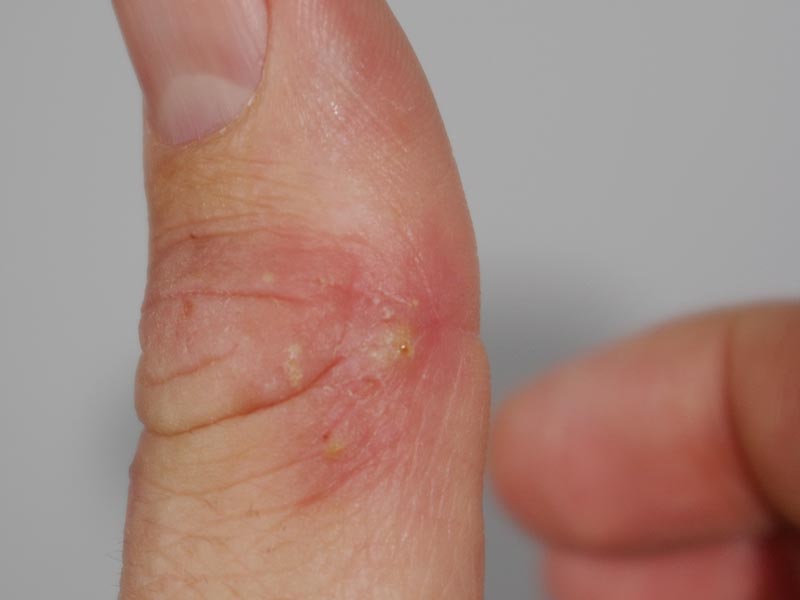Types Of Bacterial Infections

A bacterial infection is a proliferation of a harmful strain of bacteria on or inside the body. Several strains of bacteria are harmless, and some of them may even be beneficial to human health, such as those in the human gastrointestinal tract, which promote digestion and produce vitamins.
Bacteria are among the earliest known life forms on earth. There are thousands of different types of bacteria on every continent, and they live in every kind of environment. Some are airborne and others are mostly found in water, soil, plants, animals, and even people.
What are Bacterial Infections?
Bacterial infections are caused by the proliferation of a harmful strain of bacteria in the body. Infections can occur anywhere in the body. Meningitis, pneumonia, food poisoning, and meningitis are but a few of the diseases caused by bacteria.
- Bacteria come in three basic shapes: rod-shaped, spherical, or helical.
- Bacteria may also be classified as gram-positive or gram-negative: Gram-positive bacteria have a thick cell wall while gram-negative bacteria do not.

Types of Bacterial Infections
1. Bacterial Skin Infections
This infection is usually caused by gram-positive strains of Staphylococcus and Streptococcus or other organisms. Common bacterial skin infections include:
2. Foodborne Bacterial Infections
Bacterial infections are one cause of foodborne illnesses. Common symptoms may include abdominal pain, chills, fever, diarrhea, vomiting, and nausea. Poultry, eggs, fish, raw meat, and unpasteurized dairy products may harbor harmful bacteria that can cause illness. Unsanitary food preparation and handling can also encourage bacterial growth. Bacteria that cause food poisoning include:
- Vibrio
- Salmonella
- Listeria monocytogenes
- Escherichia coli
- Clostridium botulinum
- Campylobacter jejuni
3. Sexually Transmitted Bacterial Infections
There lots of sexually transmitted diseases are caused by harmful bacteria. At times, these infections are not linked with any symptoms but can still cause serious damage to the reproductive system. Common STDs caused by bacterial infections include:
4. Other Bacterial Infections
Harmful bacteria can affect almost any area of the body. Other types of bacterial infections include the following:

Treatment for Bacterial Infections
Antibiotics are medications that fight bacterial infections. They work by disrupting the processes necessary for bacterial cell growth and proliferation. It’s important to take antibiotics exactly as prescribed. Failure to do so could make a bacterial infection worse. Antibiotics don’t treat viruses, but they’re sometimes prescribed in viral illnesses to help prevent secondary bacterial infection.
The following are some of the antibiotics usually prescribed for bacterial infections:
NOTE: Overuse and misuse of antibiotics have led to a rise in antibiotic resistance. Antibiotic resistance occurs when bacteria are no longer sensitive to a medication that should eliminate an infection. For this reason, any of these medications should be taken as given.



